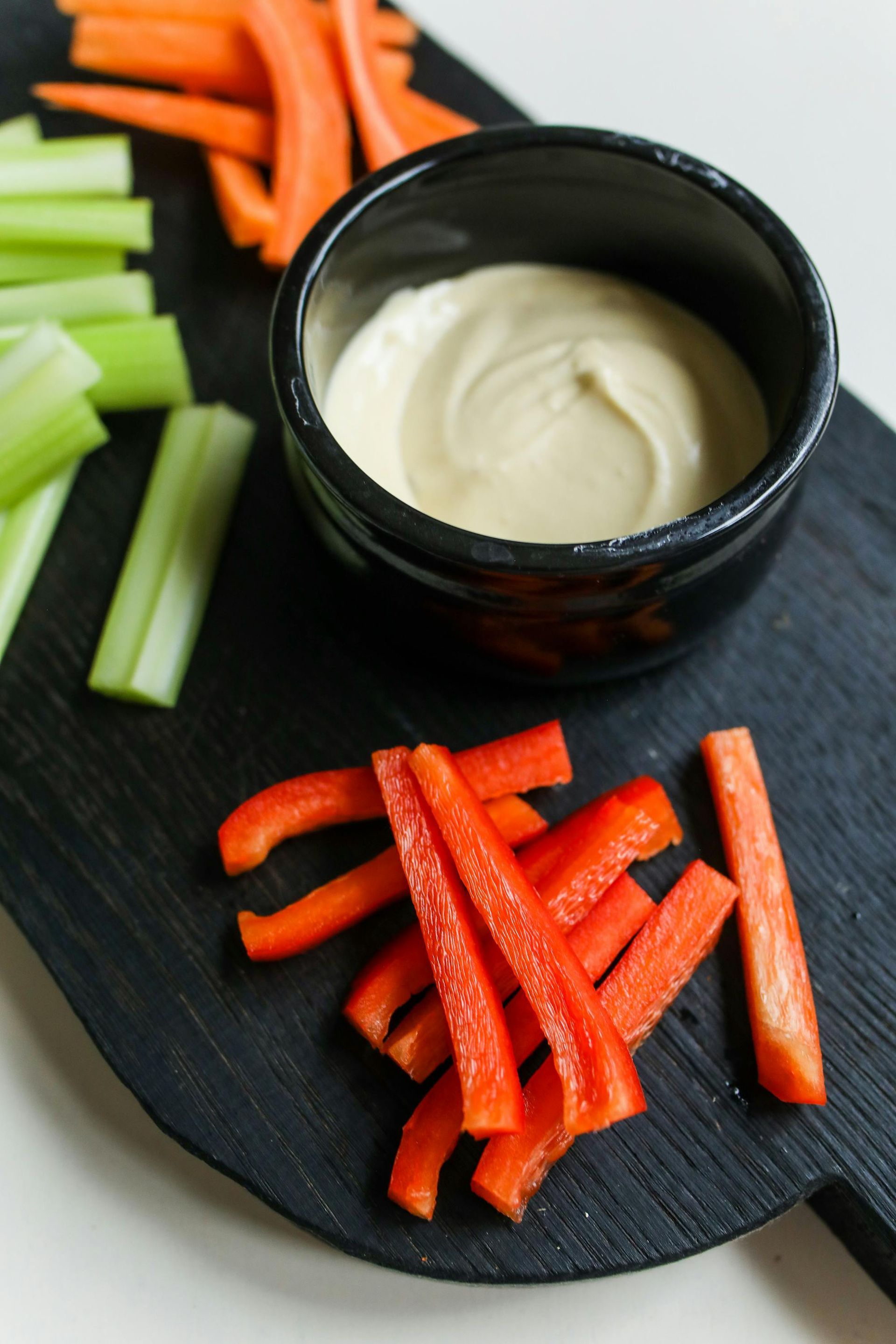By Mairead Rodgers, RD PHEc
I had a relatively weird conversation the other day. What’s weird is the context, not me having it. People ask me about food all the time; that’s kinda my job.
The other weekend I was in the mall with our awesome Degree staff crew. At the cash in one store, it came up that I’m a nutrition coach. The guy at the cash asks as my receipt is printing “Ok, if there’s one nutrition change I should make, what should it be?”. Fair enough question! With all the information floating around the interwebs right now about nutrition and food, it’s hard to know what to trust and what to believe. I should also add that without doing my usual full assessment, it’s hard for me to tell you specifically what you need to be eating. But for most people, the population-level guidelines are a good start.
“Make sure you eat enough veggies.”
The poor guy looked crushed. “Ok two things. What’s one other thing?”
“Uhhh… probably make sure you’re drinking enough water.”
He still looks disappointed. “What’s one thing you do that other people don’t know they should do?”
I looked at Coach Kelly kind of helplessly. “She eats a lot!” Kelly is not wrong with that one, but I can’t say that’s the secret to a healthy diet.
The secret is that there is no secret. I have no magic trick up my sleeve that all of a sudden makes you the most nutritious healthy person. Consistent common-sense nutrition is truly what makes all the difference. People want to be told that if they just ate enough turmeric or drank enough celery juice or ate 75 grams of protein per meal that all their problems would be solved. As much as I wish it was that simple, it just isn’t. So many people are like this guy at the cash, searching for that one thing that makes them healthy, helps them lose weight, gives them more energy. I didn’t have a magic answer for him, and I won’t have one for you.
While I don’t have any magic tricks to make you perfectly healthy, I do have tons of ideas. Ideas to help you find veggies you love, drink enough water, make sure you’re eating the right amount for YOU, to help you cut through the nutrition nonsense to find what actually is true, to help you build a breakfast to fuel your day, snack ideas for work or before the gym, and tons of other information rattling around in my head, just waiting for it to be the right idea for the right person. And I will bring you these ideas with evidence and reasoning to back them up and a sense of humour because making any change is hard.
That’s what you get with any nutrition program I run. No magic secrets. No “one thing” that will change everything. Lots of little things, tailored for you. Emphasis on consistency. That’s it!
|







